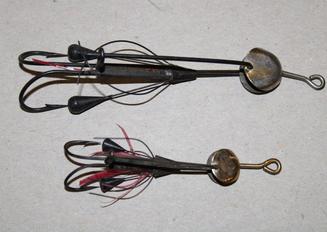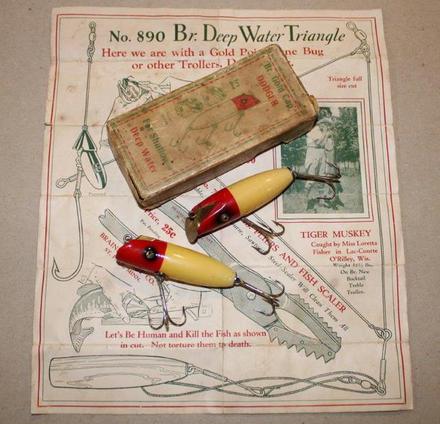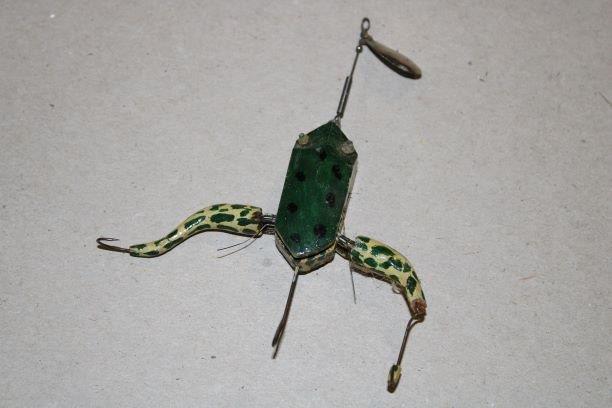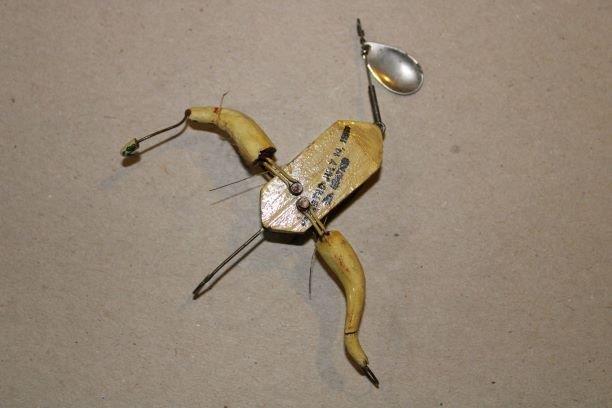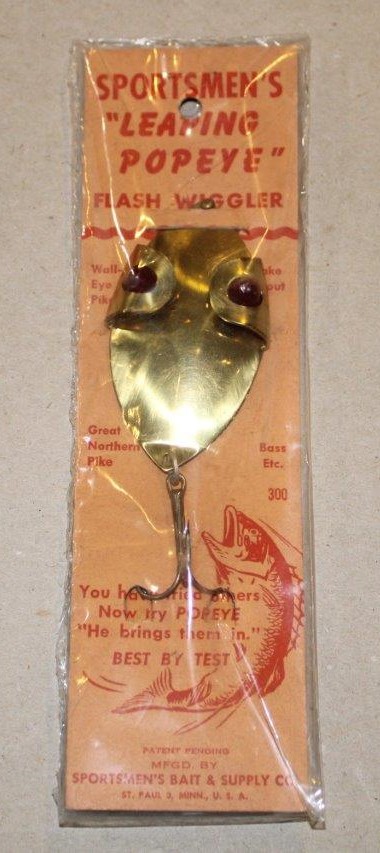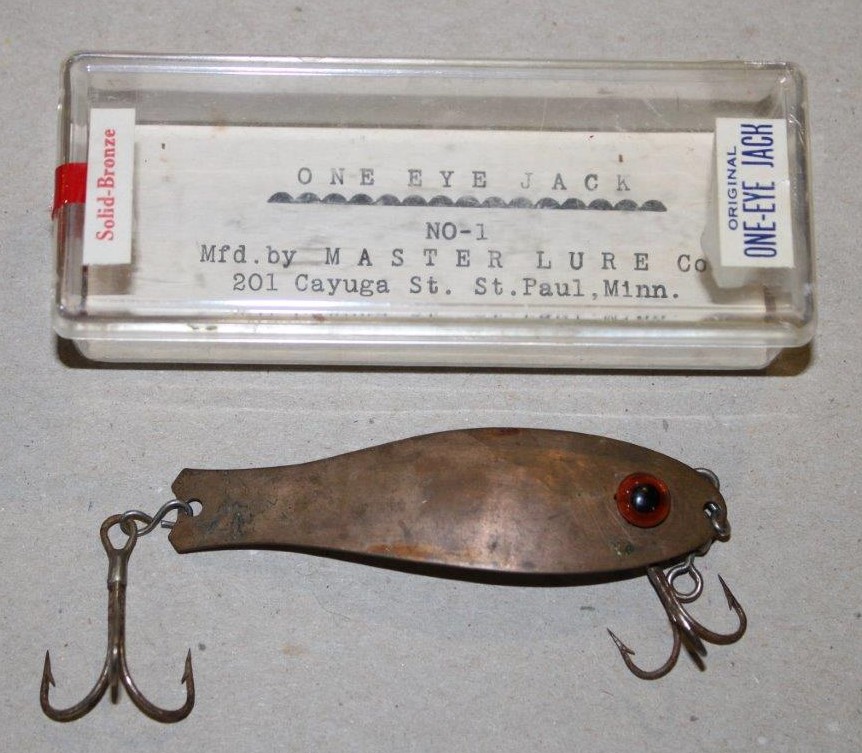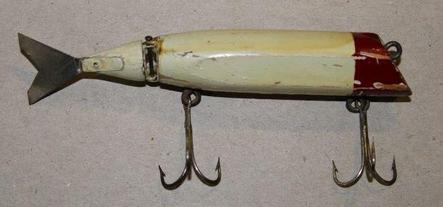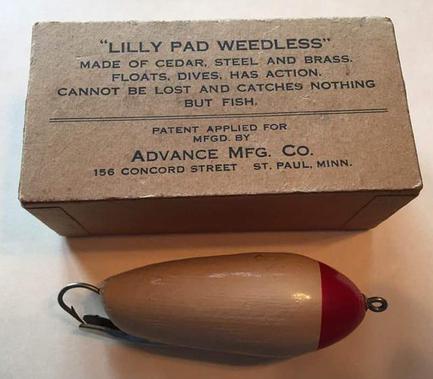Minnesota Lures
St Paul
Saint Paul is the second largest city in the state of Minnesota and the state capital. The origin and growth of the city was spurred by the proximity of Fort Snelling, the first major United States military presence in the area, and by its location on the Upper Mississippi River, with the northernmost natural navigable port on the mighty river.
Fort Snelling was established in 1819, at the confluence of the Mississippi and Minnesota rivers in order to establish American dominance of the fur-trading industry on the rivers. As the whiskey trade started to flourish, the military officers in Fort Snelling banned the distillers from the land the fort controlled, with one retired fur trader turned bootlegger, Pierre "Pig's Eye" Parrant particularly irritating the officials. Parrant moved his abode and operation downstream about 5 miles (8.0 km) to the north bank of the river in what is now downtown Saint Paul. An 1837 treaty with the natives secured the city for white settlement. By the early 1840s the area had become important as a trading center, a stopping point for settlers heading west, and was known as Pig's Eye or Pig's Eye Landing. The Minnesota Territory was formalized in 1849 with Saint Paul named as its capital. In 1854, Saint Paul incorporated as a city and in 1858, Minnesota was admitted to the union with Saint Paul becoming the capital of the 32nd state.
Brainerd Bait Co (10,000 Lakes)
After being purchased and moving from Brainerd in the early 1930s, this lure company primarily manufactured metal lures for many years.
The "Doctor Spoons" shape were "copied" so often (especially by other companies in MN) that they began calling the lure "The Original Doctor Spoon". This is the lure that I caught my fish northern over 5 pounds on as a kid.
B & E Bait Company
This very short-lived company made these lures in the 1950s.
The lure has no markings on it, and most assume it is some type of an Eppinger Daredevle. This lure was found in the box and proves otherwise....
Lite Stiking Fish Hook Co
This strange fish hook aparatus was made in the late 1960s and into the early 1970s.
This 1930's wooden frog is one of the all-time classic lures made in MN.
Named long before the MN Vikings came to town, this lure featured moving legs and a "folk-art" look.
Viking Bait and Novelty Co.
This company bought the rights to sell this frog/minnow harness from another company.
Specialty Engineering Inc
General Tool Co
Clyde C. Hoage invented several lures, the most popular are his spoon fin minnows.
The spoon fins were first made of wood, then metal and tenite (plastic). The plastic version was weedless, thanks to a magnetic arm that covered the hook until a fish bit.
Hoage first patented his lures in the 1940s.
This bug appears fairly new, probably made in the 1970s or so.
The Jewett Company
Arthur H. Hanselman
Patented in 1923, these frog harnesses are tough to find in any condition. Many times I believe they are “tossed away” as people don’t know what they are. I am fortunate to have a few of these…including a seldom seen one-hook version. The harness on the card dates from the 1930s.
Benjamin A Provoost
This may be the oldest hook/lure patent issued in Minnesota and it was issued in 1890. This is a rare 5 ¾ inch frog harness and is the largest of several sizes that were available. So, if you find some old hooks like this in an old tackle box…don’t throw them away!
National Products Co / George T. Parr
Patented in April of 1917, this frog harness is stamped Geo. T. Parr on the blade and came with real feathers glued to the hook.
The plain white box is very hard to find nowadays, especially with the unique “Directions for Use” that has multiple images involving fishing with frogs.
I sure would like to find one of the "Easy Carry" Collapsible Frog Boxes it advertises.
Goserud Products Mfg Co
This old spoon had "fins" and was "rippled" to reflect more light as it wobbled under the water.
Rock-It Co
I don't know if this would really classify as a "lure", but it was a device that would "rock" you bait when you line was jiggled.
Sportsmen's Bait & Supply Co
This company sold "spoons" on a card. The most unique one is the "Leaping Popeye". It was very similar to the popular Red Eye Wiggler except it had added metal flaps to raise the eyes.
Master Lure Co
This one-eyed lure could be ordered in bronze or nickel. It had a very similar design to many lures made in Minnesota except it had more of a "bend" and the added eye.
Li-Vo Co
This Lure is called the "Li-Vo Artificial Minnow" and featured a jointed tail and a metal tail fin.
The company address was 650 Fuller Ave.
Advance Mfg Co
This company only sold one lure, the “Lilly Pad Weedless”.
Of all the lures on my Minnesota State Index, this is the only picture that is not of my lure as I don’t have the box (this photo was given to me by a friend that stated I could use it).
I am showing the box for two reasons:
1) I love their slogan “cannot be lost and catches nothing but fish” and
2) I really hope someone contacts me and wishes to sell me one of these lure boxes!!.

